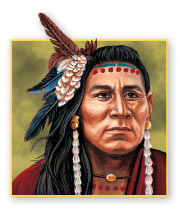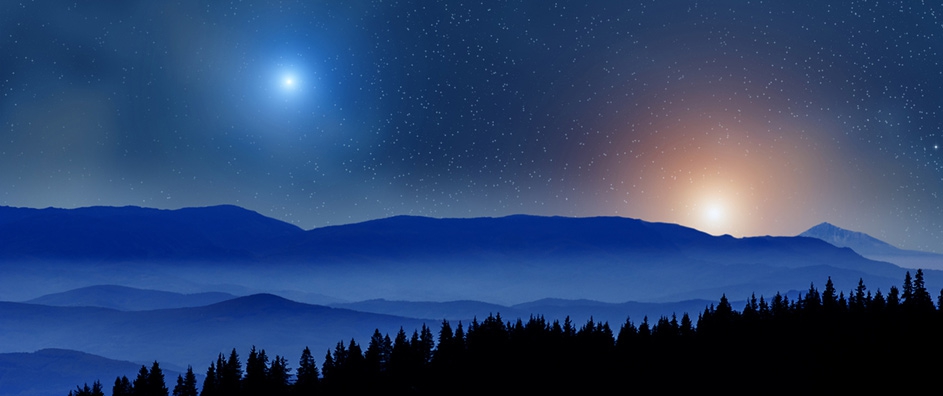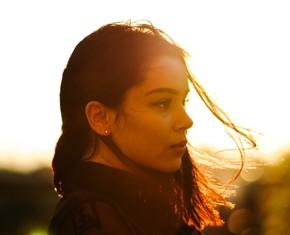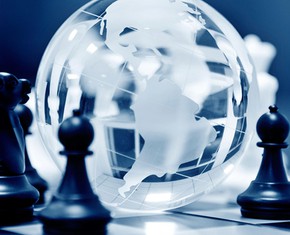The views expressed in our content reflect individual perspectives and do not represent the authoritative views of the Baha'i Faith.
All life on Earth depends upon the sun. This single fact explains why the sun functions as a metaphor and symbol in the scriptures of all world religions.
In the same way, the Baha’i teachings say, all spiritual life on Earth depends upon the spiritual sun:
…the Sun of Truth hath risen above the earth’s horizons: tell of the blowing of the spirit of life into the body of the world. – Abdu’l-Baha, Selections from the Writings of Abdu’l-Baha, pp. 92-93.
Deganawida, the founder of the Haudenosaunee, commonly called the Iroquois Confederacy, said essentially the same thing:
Moreover, at present it is young as the day is when the sun is rising and lights up the earth; just as it causes warmth all over the earth for all the people, we will help the people of every nation. And just as all of the many things grow on earth and sustain the people, the newly arriving Great Law will come to shed light on the minds of the people, the elders and the younger people, everybody, even the children, and this is what you will work at: everyone shall become related to one another, so that it is what will unite them: the Good Message, and the Power, and the Peace. – Deganawida, the Peacemaker, Concerning the League, pp. 127–129.
Here Deganawida, the Peacemaker, compares the “Great Law”—that is, “the Good Message, and the Power, and the Peace”—to the sun.
The Baha’i writings not only use this spiritual metaphor of the sun, but clearly explain its significance. Here’s one example: In the previous article in this series, we referred to a passage from Baha’u’llah’s “Commentary on the Sura of The Sun.” Here is a provisional translation of that passage:
On another level, furthermore, it [“the sun”] denotes the Prophets of God and His intimate associates, for such are the very “suns” of His Names and of His Attributes amongst His creatures. Indeed! Were it not for them, no one would have been irradiated by the Lights of deep knowledge, just as is evidenced by the fact that every religious community, among the religious communities of the earth, hath been irradiated by a “sun” among these resplendent “suns.” – Baha’u’llah, “Commentary on the Sura of The Sun,” provisional translation by Stephen Lambden.
The translator, Stephen Lambden, explains that this passage is a universalism, and that every faith-community and every world religion, including every indigenous religion, is included in this universalism. Religions traditionally look to their founders or other important figures as their sources of enlightenment. This passage, moreover, talks about all religions—whether known or unknown, whether recognized world religions or lesser-known indigenous religions. Religion is religion. Truth is truth. A rose is a rose in whatever soil it grows.
Historically, literate cultures have typically regarded oral cultures as “primitive” or somehow less “civilized.” It is time to discredit that prejudice. The Baha’i writings offer this perspective: “Civilization” has material and spiritual dimensions. A materially-advanced civilization may be morally uncivilized, as Baha’u’llah explains:
In all matters moderation is desirable. If a thing is carried to excess, it will prove a source of evil. Consider the civilization of the West, how it hath agitated and alarmed the peoples of the world. An infernal engine hath been devised, and hath proved so cruel a weapon of destruction that its like none hath ever witnessed or heard. The purging of such deeply-rooted and overwhelming corruptions cannot be effected unless the peoples of the world unite in pursuit of one common aim and embrace one universal faith. – Baha’u’llah, Tablets of Baha’u’llah, p. 69.
Some have found it hard to accept that an indigenous religion may be favorably compared to a recognized world religion. Of course, there are a wide variety of indigenous religions, making it impossible to speak of them except in the most general terms. Suffice it to say that, indigenous religions have served as the primary source of spiritual cultural values for the peoples they serve. The time has come for some of these traditions to be widely known and respected. Society stands to be enriched thereby.

Deganawida
Reciprocal recognition and respect is a “golden rule” of interfaith dialogue. It is easy to recognize and respect those “world religions” that we see in standard textbooks of world religions. But you probably will not see the Peacemaker’s teachings in world religion textbooks. There may be exceptions, of course. But Deganawida’s “Great Law”—although widely recognized and respected among Native Americans and Native Canadians—has yet to be “canonized” as a recognized world religion.
Yet many Baha’is have begun to recognize Deganawida, the Peacemaker, as a spiritual sun, and his teachings as a source of enlightenment.
Imagine the power and synergy of mutual, reciprocal recognition and respect, between the members of the world’s “major” Faiths and the practitioners of indigenous religions, if we mutually recognized each sun of every revelation.
This “Native Messengers of God” series has focused on the Peacemaker, White Buffalo Maiden, Quetzalcoatl, and Viracocha as prime examples of such wisdom bearers. These spiritual suns have often been referred to by anthropologists as “culture heroes”—but what if they’re prophets of God, in the same way as Christ and Buddha and Baha’u’llah?
The Baha’i teachings are for the present and future. Indeed, certain of the Baha’i teachings predict the future—not as a crystal ball, but as foresight based on profound insight. There is, in fact, a special Baha’i prophecy regarding indigenous Americans. Since many Native peoples in the Americas have already responded to the sun of Baha’u’llah and become Baha’is, this vision of the future, called the “sole racial prophecy” of the Baha’i Faith, is already coming true:
Attach great importance to the indigenous population of America. … Likewise, these Indians, should they be educated and guided, there can be no doubt that they will become so illumined as to enlighten the whole world. – Abdu’l-Baha, Tablets of the Divine Plan, p. 33.
Baha’is look forward to the day when the followers of the “Two Peacemakers”—Deganawida and Baha’u’llah—will enjoy increased contact, to their mutual benefit and reciprocal enlightenment. Even though Baha’is regard the Baha’i Faith as the latest teaching that God has conveyed to humanity, it may well be that Native peoples will increasingly find illumination in the Baha’i teachings—and may further illuminate certain of the Baha’i teachings by virtue of the deep and profound environmental relationship that indigenous peoples, guided by their spiritual “suns,” have with Mother Earth.
















Comments
Sign in or create an account
Continue with Googleor